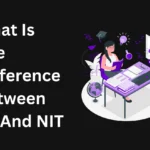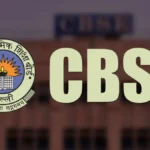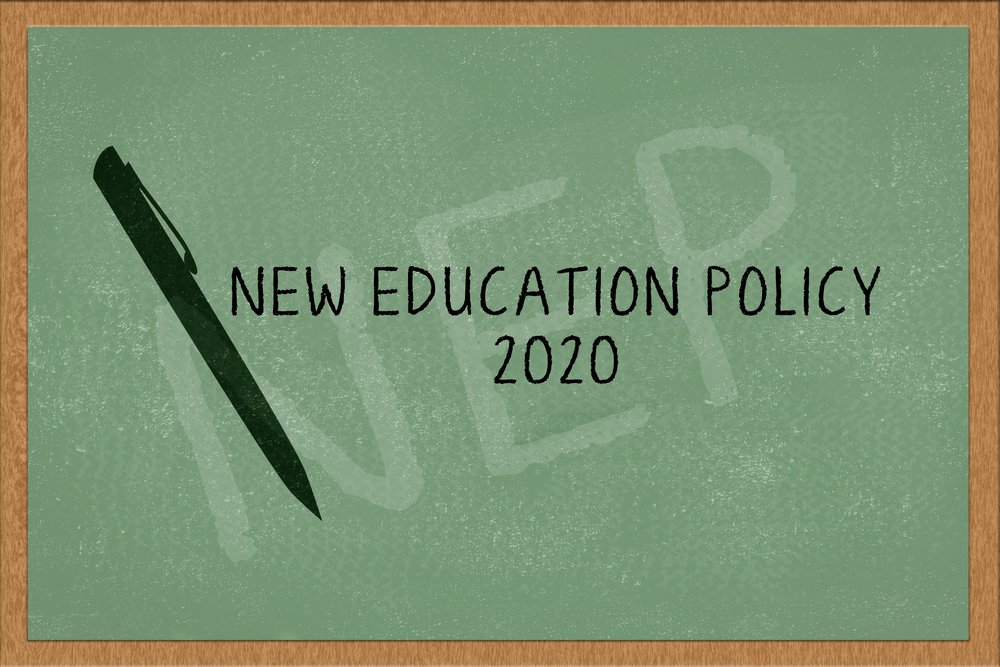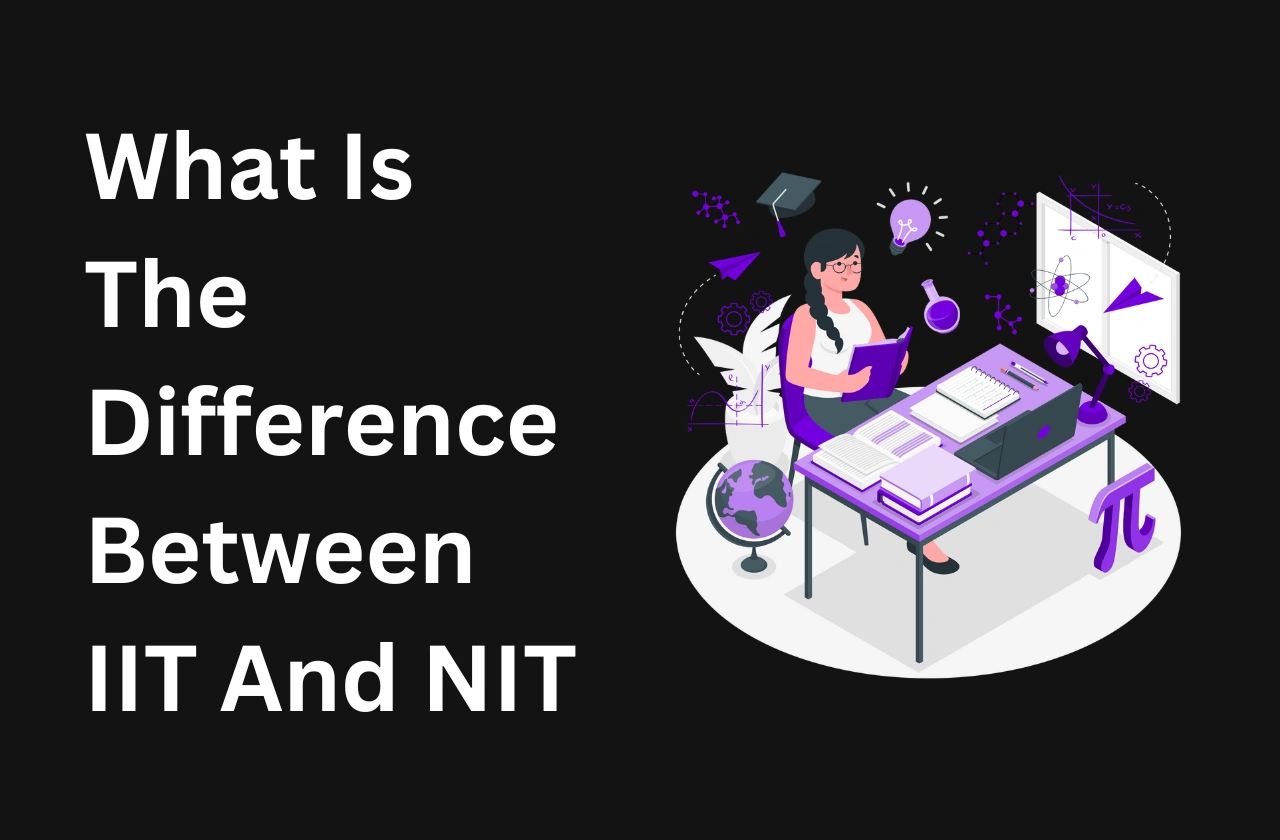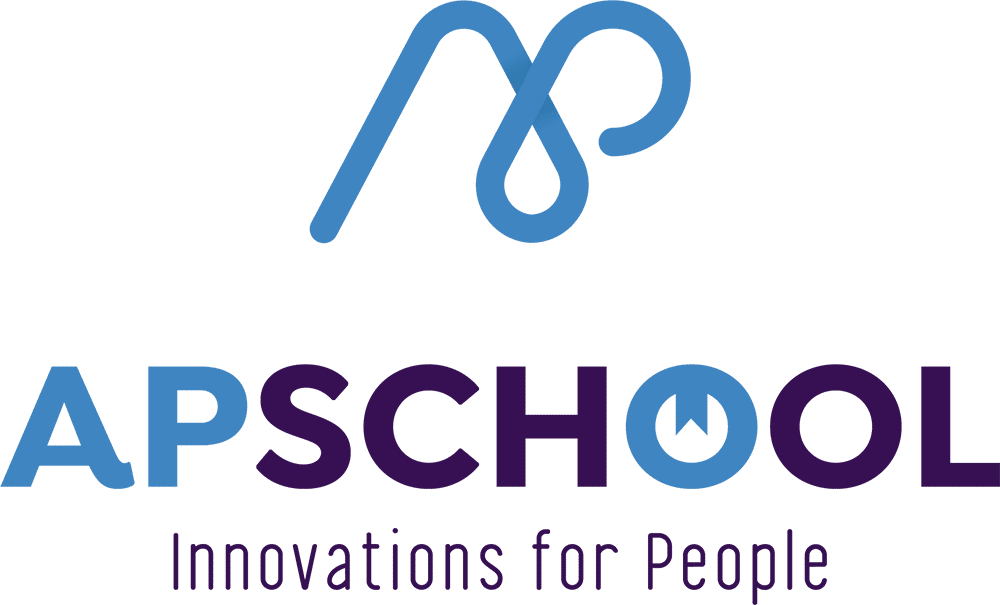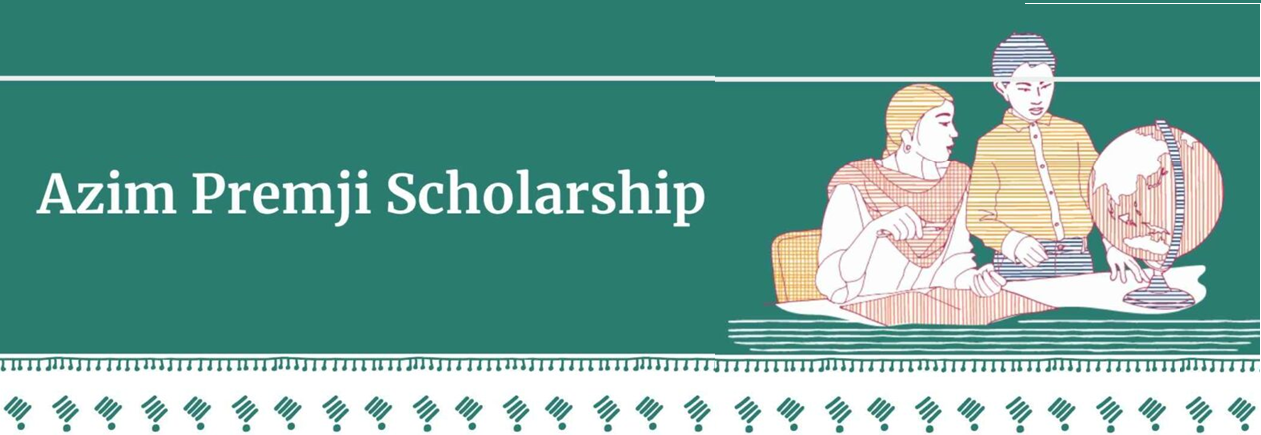Nineteen twenty had the NEP, a pedagogical watershed aimed at readjusting the educational system in direct ways to meet the challenges of the 21st century. As this, being a new policy, replaced the National Policy on Education, it marks a change in attitudes toward education and higher education in the country from those that had existed for 34 years. This is the link to the document that contains the NEP.
Historical Context and Need for Reform
During the past three decades, India has experienced significant transformations in its societal structures, economic systems, and international relations. The changes forced individuals to reassess educational structures. They sought to ensure its alignment with current human necessities while also meeting future aspirations. The NEP 2020 emerged through extensive consultations with numerous stakeholders. The government agencies along with ordinary citizens contributed over 200,000 ideas.
Key Highlights of NEP 2020
School Education Reforms
Making Education Available to All: By 2030 the policy seeks to enroll every child in educational institutions from preschool through high school. The opportunity for effective learning must be available to every child.
Educational frameworks shift from the traditional 10+2 system to the 5+3+3+4 model which aligns with distinct age categories.
The period of Early Years (ages 3-8) sees children acquiring knowledge through structured play and interactive tasks.
Children within the 8-11 age range begin standard classes yet continue to acquire knowledge through exploration and practical activities.
Middle Years (ages 11-14): Scientific principles, mathematical concepts, artistic techniques, and societal structures become accessible to children through experiential learning methods.
During the high school years when students are between 14 and 18 years old, they engage in numerous subjects while having the freedom to choose their preferred areas of study.
The policy document underscores foundational literacy and numeracy as essential elements in early education advocating for their achievement by Grade 3.
Delivering education through multiple languages using mother tongues or local dialects until Grade 5 promotes cognitive growth and cultural identity.
Assessment Changes: Moving away from rote memorization and towards competency-based learning, with 360-degree holistic progress cards tracking student development in cognitive, affective, and psychomotor domains. eLearning systems.
Higher Education Reforms
Raising the GER in higher education to 50% by 2035, as the NEP 2020 aims to do, would mean around 3.5 crore more seats.
Multidisciplinary Approach: Encouragement of broad-based, flexible courses with several entry and exit points lets students pick their paths and lowers the strict division between streams of learning.
Establishment of MERUs: Becoming examples of best educational practices, the policy recommends establishing Multidisciplinary Education and Research Universities (MERUs) at par with IITs and IIMs.
The NRF was established to promote a solid research culture and enhance research capacity among colleges.
Higher Education Commission of India (HECI): An exclusive single umbrella governing authority for higher education (excluding medical and legal instruction) with four autonomous verticals concentrating on regulation, accreditation, finance, and academic criteria.
Integration of Technology.
National Educational Technology Forum (NETF): An independent body set up to create a stage for free ideas exchange on the use of technology to improve instruction, evaluation, and management.
Emphasis should be laid on building strong digital infrastructure, digital content, and capacity development to enable technology integration at all levels of education.
Vocational Education
Early Introduction: Integrating internships to give experience and training, vocational training will start from Grade 6.
By 2025, at least 50% of students going through the college and high school system shall have vocational education access.
Teacher Education and Training
By 2030, a 4-year integrated B. Ed. will become the smallest degree requirement for instruction. level.
Continuous Professional Development: Regular in-service training and upskilling programs to ensure teachers remain updated with the latest pedagogical advancements.
Equity and Inclusion
Gender Inclusion Fund: Establishment of a fund to ensure that all girls receive access to quality education.
Special Education Zones: Identification and development of regions with a significant population of disadvantaged groups to ensure inclusive education.
Implementation Strategy
The NEP 2020 stresses phased and cooperative implementation including government institutions at different levels, schools, and other interested parties. The policy emphasizes the requirement of more public spending on education to achieve 6% of GDP as soon as possible.
Challenges and Criticisms.
Though often acclaimed for its all-inclusive vision, the NEP 2020 also presents issues:
Ambitious changes demand significant funding, construction work, and capacity building, all of which could be especially challenging in rural areas.
Language Policy: The emphasis on mother tongue instruction has sparked debates, considering India’s linguistic diversity and the global importance of English.
Conclusion
The National Education Policy 2020 seeks to revolutionize India’s educational system, resulting in comprehensive growth, multi-disciplinary education, and worldwide superiority. The implementation of it will demand persistent efforts, financial commitment, and effective collaboration between government entities, educators, & society.

